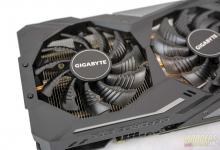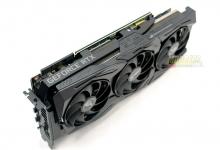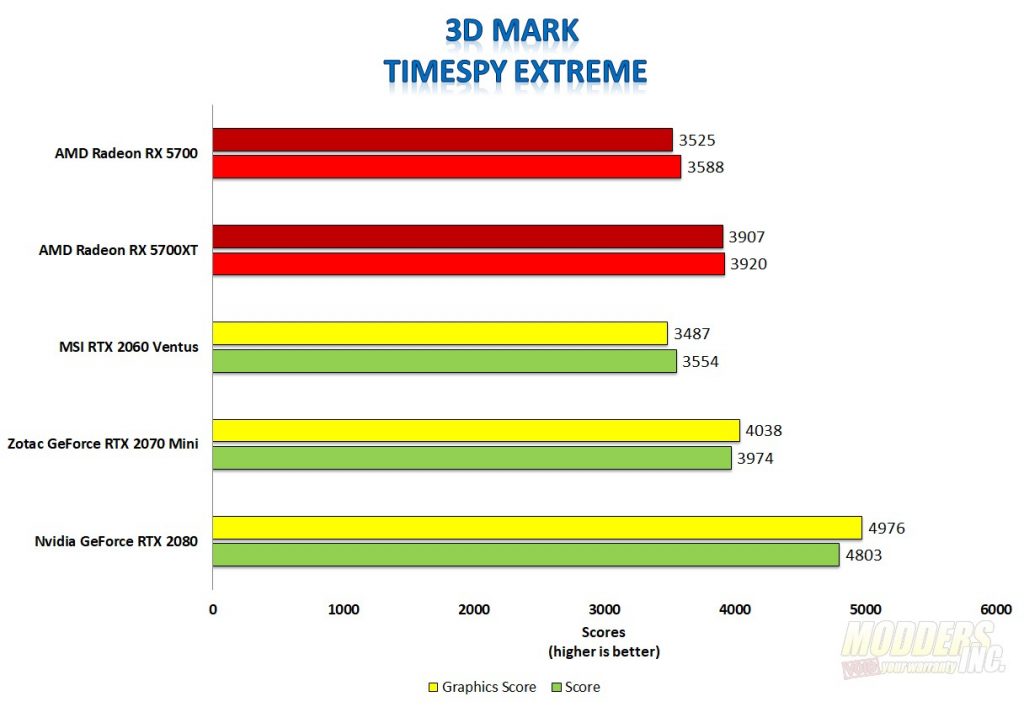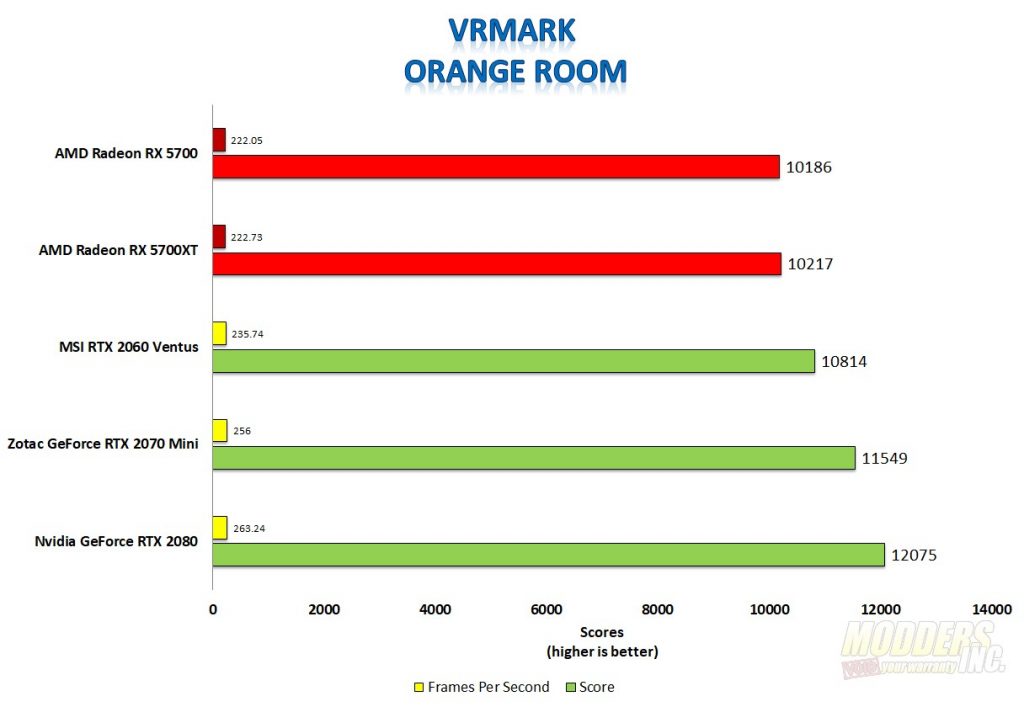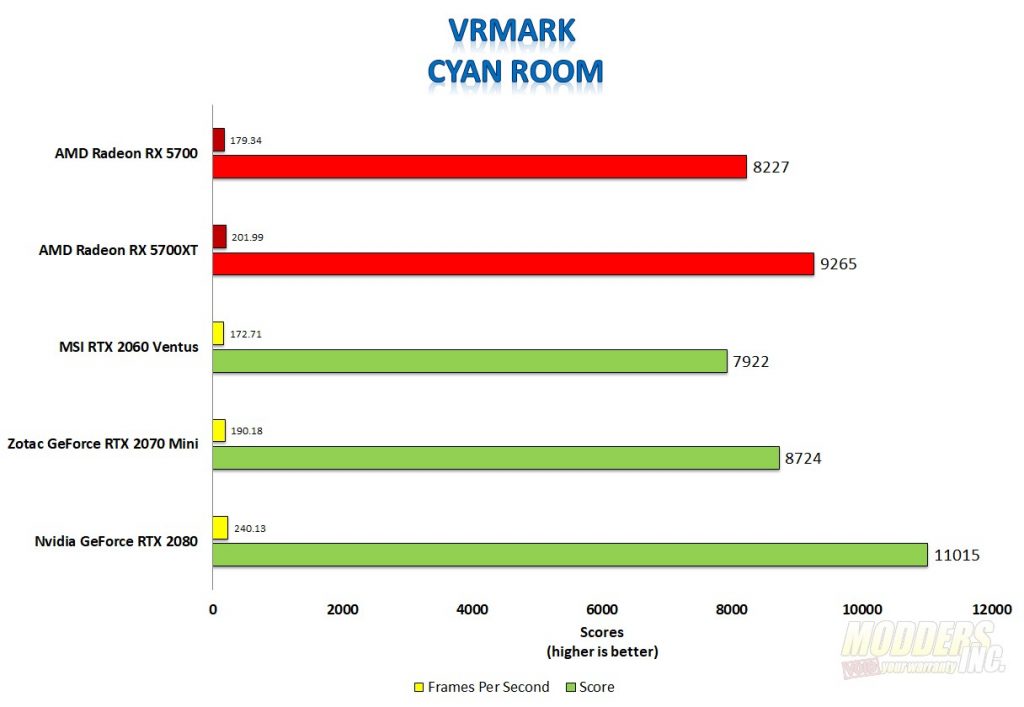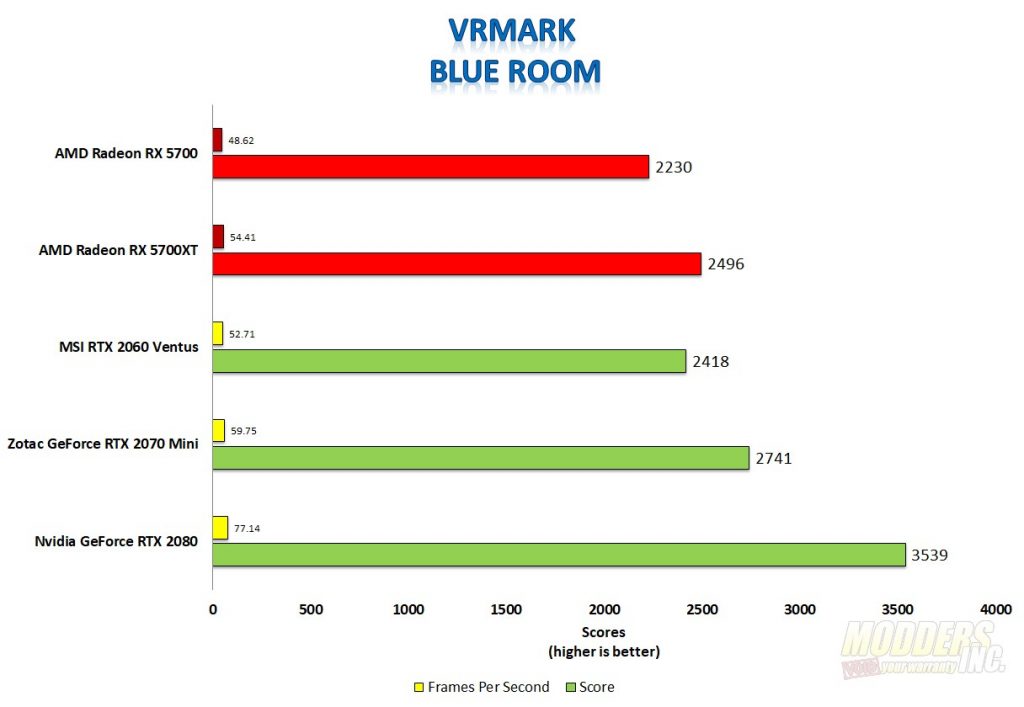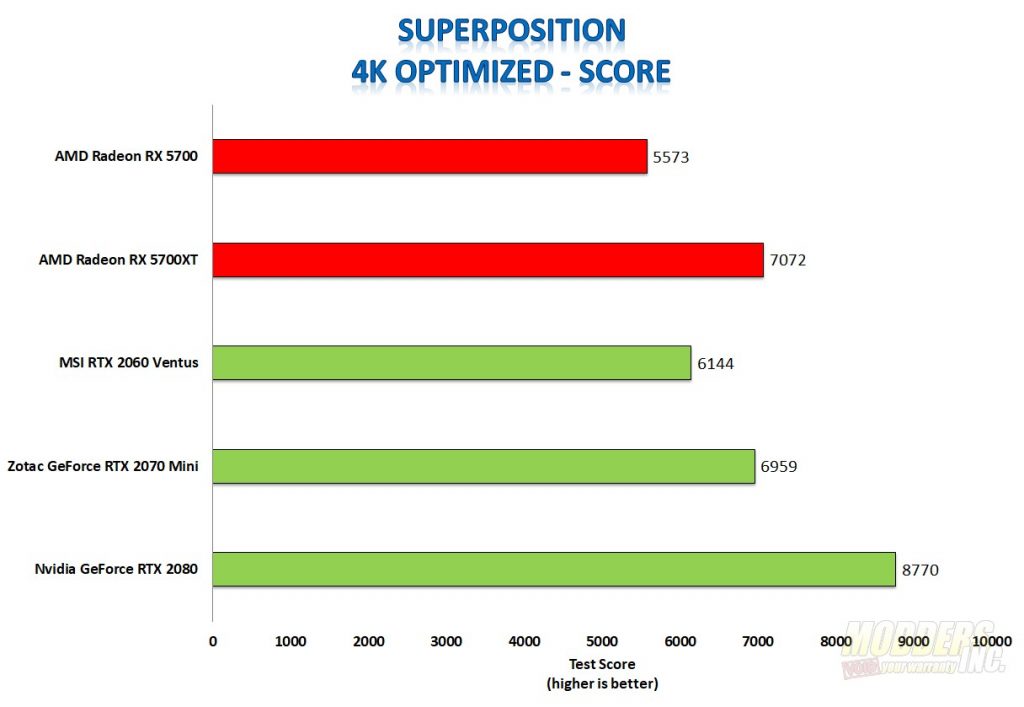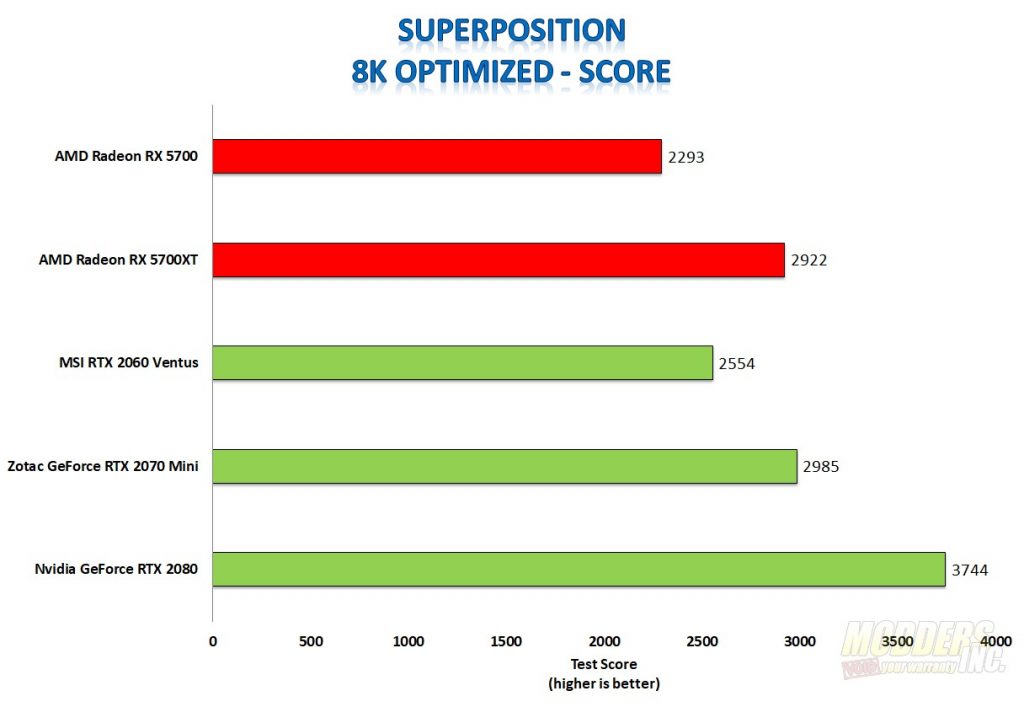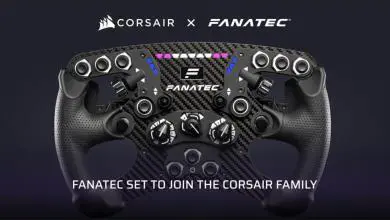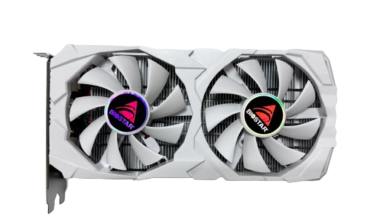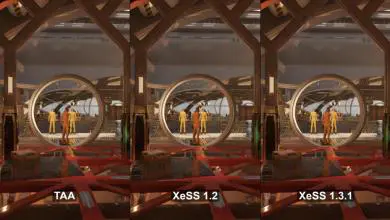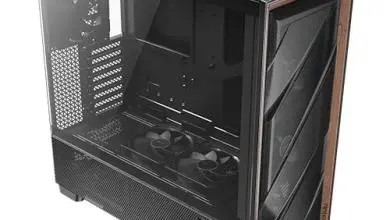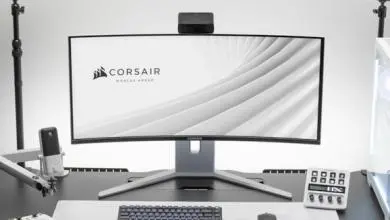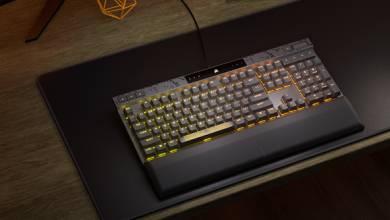AMD Radeon RX 5700XT & Radeon RX 5700 Review
Test System and Synthetic Benchmarks
| Component |
Product Name | Provided By |
| Processor | Intel Core i7-8700K (Retail) | Intel |
| Motherboard | Aorus Z390 Pro | Gigabyte |
| Memory | G.Skill SniperX 2x8GB @ 3400MHz 16-16-16-36 (XMP) | G.Skill |
| Drive | Samsung 240 EVO 256GB SSD, Crucial MX500 1 TB SATA III SSD | Samsung/Crucial |
| Video Cards | AMD Radeon RX5700XT, AMD Radeon RX 5700, Zotac Geforce RTX 2070 Mini, Nvidia RTX 2080 Founders Edition, MSI RTX 2060 Ventus | AMD/Zotac/Nvidia/MSI |
| Monitor | BenQ EL2870U 28 inch 4K HDR Gaming Monitor 3840×2160 @ 60 Hz | |
| Case | DimasTech EasyXL | DimasTech |
| Power Supply | Cooler Master Silent Pro M2 1500W | Cooler Master |
| Operating System | Windows 10 1903 x64 Pro with latest patches and updates |
Testing Methodology:
There are many ways to benchmark GPUs. With these benchmarks our goal is to do two things: first to show the performance of the card and secondly to make them easy to replicate. With a similarly configured system, you should be able to get similar results to compare your current graphics card against. There will always be a variance from system to system. All games for this review are tested with the HIGHEST IN GAME PRESET unless otherwise specified. A fresh build of 1903 and all drivers and games were installed between the AMD and Nvidia tests. No changes were made from the defaults in the BIOS and the Windows 10 operating system.
Game frame rates are averaged from the results of 3 benchmark runs at each resolution.
Where are the Vega results you ask? Well, I’m glad you did. Unfortunately, I did not have a Vega GPU to test with until the Friday before launch. I will be adding the Vega results to the charts below in the next few days.
Synthetic Tests
3DMark Firestrike from Futuremark is a Semi-synthetic DirectX11 benchmark designed for high-performance gaming PCs. Firestrike performs advanced geometry, illumination and particle tests with its Graphics benchmark and performs physics simulations using the CPU. Firestrike Ultra Kicks it up a notch and ratchets up the resolution to 4K and turns the quality up a bit.
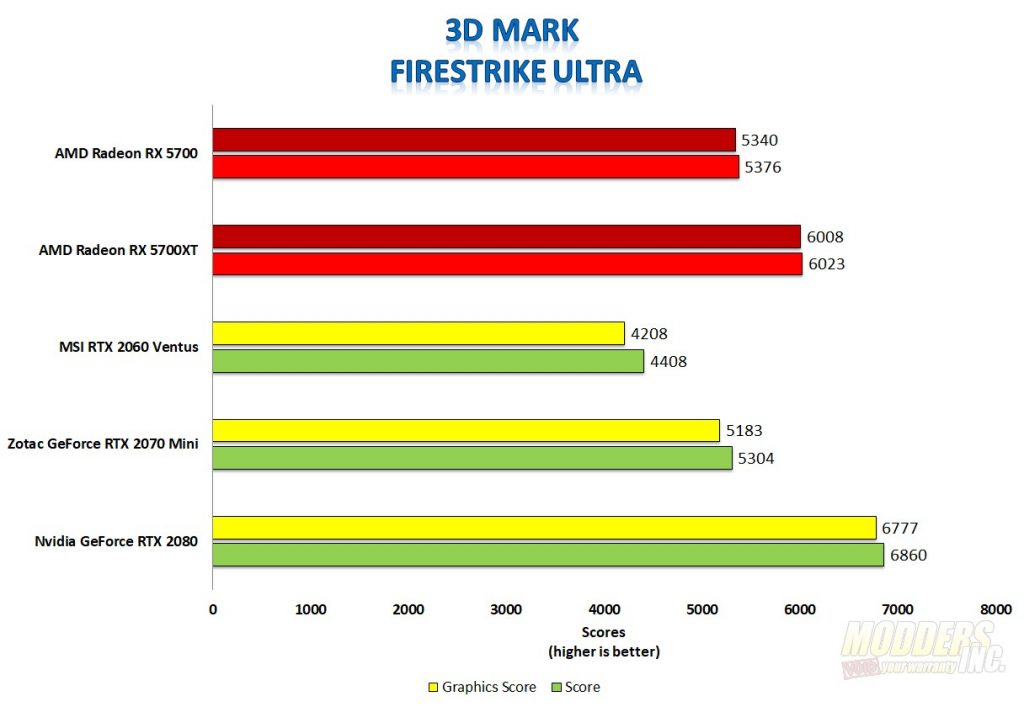
Timespy is an additional test in 3DMark which represents DirectX 12 gameplay. The extreme version is meant to test the highest-end graphics cards at 4K.
Timespy Extreme stresses the systems a bit more and the scores aren’t quite as close as in Firestrike Ultra. While both cards do surpass the MSI RTX 2060 Ventus, neither card quite measures up to the RTX 2070. The Radeon RX 5700 scores 3525 in the graphics category and 3588 overall. The Radeon RX5700XT creeps up on the RTX2070 with a graphics score of 3907 and an overall score of 3920.
The final test in 3D Mark’s suite is the Virtual Reality Tests. These are designed to test how well your system would perform with a VR headset attached. There are 3 tests each with increasing demands.
The two Radon cards don’t beat any of the RTX cards in this test. As a matter of fact, they are extremely close to each other in score. I ran this test multiple times to ensure that it wasn’t a mistake I was making but the results yielded the same. The results above are from the last test I ran. The Radeon RX5700 averaged 222.05 frames per second in the test with an overall score of 10186 and the RX 5700XT averaged 222.73 frames per second with an overall score of 10217.
Cyan room had a much better showing for the Radeon cards. The RX5700 was able to best the RTX 2060 with an average framerate of 179.34 and an overall score of 8227. The RX 5700XT was able to beat out the RTX 2070 with an average frame rate of 201.99 with an overall score of 9265.
Blue Room is the future looking VR benchmark and really stresses the GPUs and the RTX cards prevail in this test. The Radeon RX5700 averages 48.62 frames per second with a final score of 2230. The RX5700XT test yielded a framerate of 54.41 and a score of 2496.
Unigine’s Superposition features both a monitor benchmark but also a VR load as well. I used the 4K optimized and 8K optimized presets. Superposition also allows you to explore the environment in VR Mode with your headset connected.
The results of Superposition show that the RX5700 comes very close to the performance of the RTX 2060 in both tests. The RX5700XT, on the other hand, is able to meet the RTX 2070.
